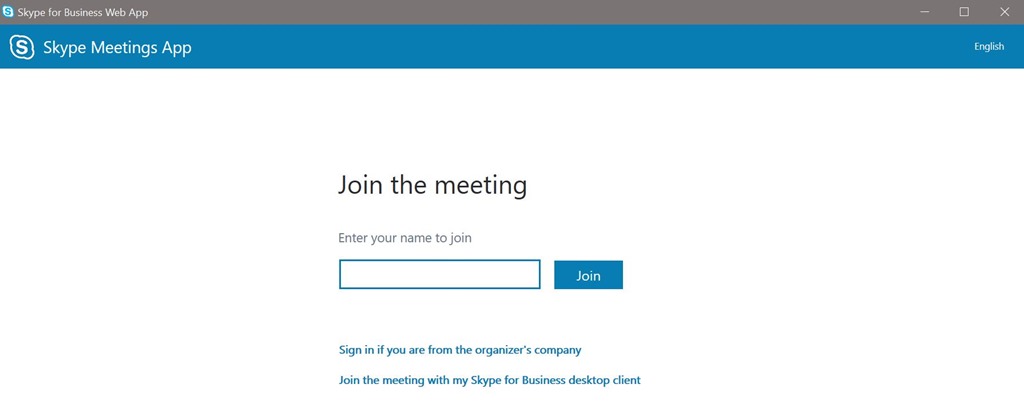
Basics for Uninstalling Software
Mar 01, 2017 When you open 'Apps & Features' and choose 'Modify', you should see 'Skype for Business' in the list. Once you removed that feature, you should be able to run the web plugin, that usually is deployed, when you open a meeting. Maybe that link helps with getting the right installer: Trouble installing the Skype for Business Web App plug-in? The Skype App should automatically select the right Speaker and Microphone on your computer. However, sometimes this does not happen, resulting in Skype Audio not working on a Windows computer. Open Skype on your computer, click on the 3-dots menu icon and then click on Settings in the drop-down menu. On the sign-in page, make sure Install Skype for Business Web App Plug-in is checked, and then select Join the meeting. Do one of the following: In Internet Explorer, at the bottom of the browser window, select Run to install the plug-in. Download Skype for your computer, mobile, or tablet to stay in touch with family and friends from anywhere. This site uses cookies for analytics, personalized content and ads. By continuing to browse this site, you agree to this use.
Most OS X applications are completely self-contained 'packages' that can be uninstalled by simply dragging the application to the Trash. Applications may create preference files that are stored in the /Home/Library/Preferences/ folder. Although they do nothing once you delete the associated application, they do take up some disk space. If you want you can look for them at the above location and delete them, too.
Some applications may install an uninstaller program that can be used to remove the application. If you cannot find the uninstaller then you could download the freeware, Easy Find, to locate files that need to be removed. The places you need to search include:
- /Home/Library/Applications Support/ folder. Check if the application has created a folder then delete the folder that's in the Applications Support folder.
- Applications may install a startupitem or a LogIn item. Startupitems are usually installed in the /Library/StartupItems/ folder or the /Home/Library/StartupItems/ folder. LogIn Items are set in the Users & Groups preferences. Open it inSystem Preferences, then click on the LogIn Items tab. Select the item from the list and click on the Delete [-] button to remove it.
- Some software use startup daemons or agents. Look for them in /Library/LaunchAgents/ and /Library/LaunchDaemons/ or in /Home/Library/LaunchAgents/.
Some applications install a receipt in the /Library/Receipts/ folder. Usually with the same name as the program or the developer. The item generally has a '.pkg' extension. Be sure you also delete this item as some programs use it to determine if it's already installed.
There are many utilities that can uninstall applications. Here is a selection:
For more information visit The XLab FAQs and read the FAQ on removing software.

Jun 30, 2017 10:42 PM
I had some strange problems with Skype and Office 2016, too.
The solution was easy: Office 2016 (Professional Plus in my case) installed its own Skype for Business software, which block the execution of the 'SkypeForBusinessPlugin.msi'
Skype For Business Web App Plug In
When you open 'Apps & Features' and choose 'Modify' , you should see 'Skype for Business' in the list.

Once you removed that feature, you should be able to run the web plugin, that usually is deployed, when you open a meeting.
Skype Web App Plug In
Maybe that link helps with getting the right installer:
Trouble installing the Skype for Business Web App plug-in?
Skype Meeting Web App Download
Hope it helps ...